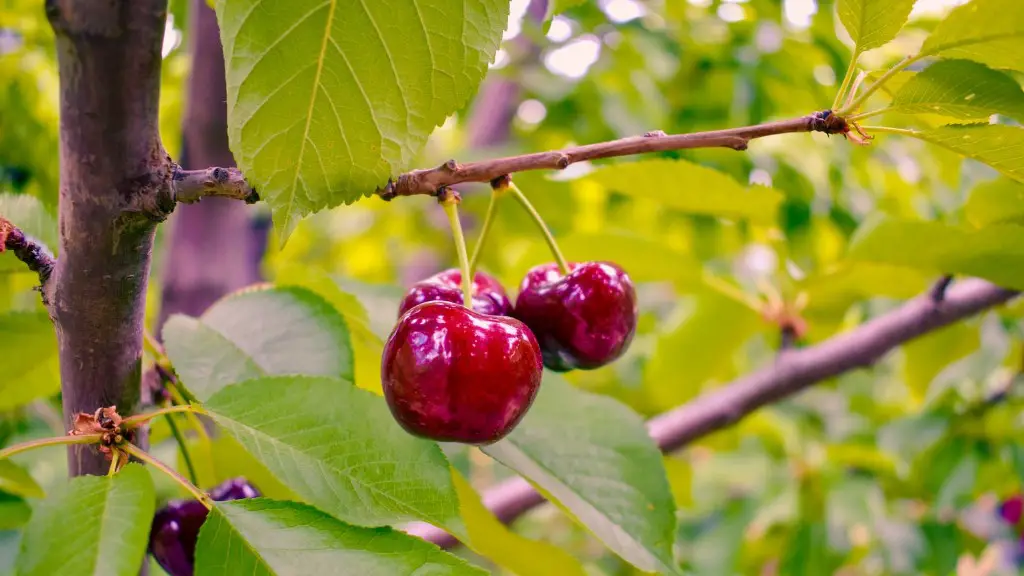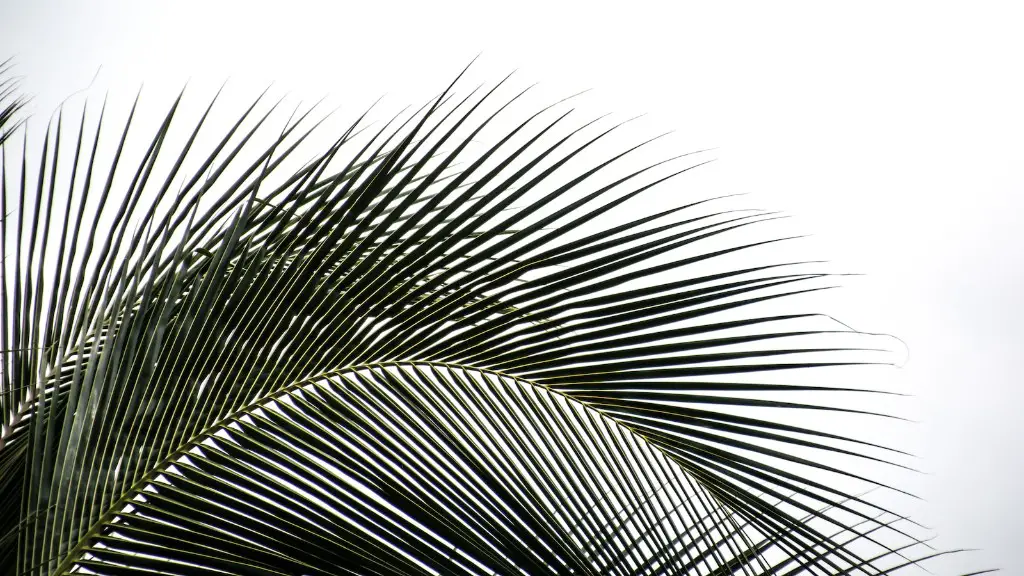Important Considerations Before Trimming a Weeping Cherry Tree
Weeping cherry trees require care and thoughtful maintenance, and trimming is an important part of that upkeep. Before proceeding with the trimming process, it is essential to understand your specific tree: its exact species and its unique traits. The size of the tree, the climate of the area, and the overall health of the tree should all be considered. Making sure the weeping cherry is healthy is essential, as it can make all the difference in the success of the trimming process.
It is also important to familiarize yourself with the trimming process itself. It is best to begin trimming when the tree is still young, when the pruning required is less extreme. Pruning a mature tree requires great care, as the tree can be easily damaged. Furthermore, taking the time beforehand to examine some pruning techniques and tips may help a tree owner so they can more confidently approach the trimming process.
Preparing For Trimming
Arming oneself with the right tools for pruning is essential for proper maintenance. Tools should be kept in excellent condition, as dull edges can easily damage the leaves and stems of plants. Pruning shears are a must, as well as lopping shears, to clear away thicker branches. In some cases, a pole pruner may also be needed for higher branches.
It is also helpful to keep all equipment clean before and after the trim, as unclean tools can spread diseases to the plants. Wiping off blades and handles with rubbing alcohol before and after every use is a good way to ensure cleanliness.
When is the Best Time To Trim?
When it comes to pruning a weeping cherry tree, timing is everything. The best time to trim is during the period of early spring or late winter, when the tree has gone dormant. It is not advised to trim the tree any later than the beginning of summer, as it can limit the growth that should take place throughout the season. If done too late, the right pruning techniques may cause confusion to the tree and have lasting negative effects.
The Art of Pruning
The act of pruning requires precision and accuracy, as well as a keen eye for aesthetic. Weeping cherry trees are valued for their unique, drooping branches which make them a unique addition to any landscape. Pruning too deeply can lead to a too-rigid look, and risk damaging the shape of the tree. Crafting the perfect weeping shape takes practice, so it is wise to begin gently, pruning small amounts at a time and gradually forming the perfect look.
Common Pitfalls To Avoid
Pruning is an art, and a skill which requires patience and dedication to get right. Common mistakes while pruning include taking off too much in one session, taking off green parts of the tree, and incorrect cutting angles. A common mistake that many amateur gardeners make is not staying updated on local frost dates, and attempting to prune too soon after snow. Pruning during frosty weather can cause serious damage to the tree and can set it back in its growth.
The Benefits of Proper Pruning
Though pruning may seem deceptively simple, it is an incredibly important part of caring for a weeping cherry tree. Proper pruning will ensure the plant stays healthy and continues to grow strong, while producing abundant and beautiful blooms. Pruning also keeps the tree safe from damage, as different branches and leaves can accidentally be knocked out of place simply by the wind. Taking the time to properly prune the tree can lead to years of healthy growth and beauty in the landscape.
Advantages of Trimming In Stages
Trimming a tree may feel like a time consuming and daunting task, but when done in stages it can be much simpler. Working on smaller pieces of the tree at a time poses less risk, and can lead to a more polished look. This gradual approach also gives the tree owner a chance to watch the progress of their pruning, and judge whether or not more trimming needs to be added or retracted.
Long Term Pruning Care
The frequency of pruning may vary depending on the tree and the climate of the area, but general advice from experts is to prune the tree bi-annually. This lends itself well to the concept of trimming in steps, as each pruning session can be focused on a new part of the tree. This can prevent large cuts which may do permanent damage, and long-term effects can be more easily observed.
Importance of Pruning Regularly
Regular pruning not only improves the tree’s look and health, but it also shows a tree owner’s dedication to the wellbeing of their tree. Regular visits to the tree to assess the branches and leaves can give the owner a chance to notice any potential ailments and nip them in the bud. Furthermore, regular pruning can lead to a more generous flowering bloom which can increase the overall beauty of the tree.
Potential Risks of Unnecessary Trimming
While trimming can be beneficial for most trees, too much of it may also be damaging. Removing vital parts of the tree can weaken it and even cause death. Unnecessary trimming can also throw off the tree’s balance, and can lead to a distorted look which can be unsettling and even unsightly. It is important to pay attention not only to the plant’s age and size, but also its unique characteristics, to ensure the tree stays healthy.
Understanding the Different Types of Pruning Cuts
Making the right type of pruning cut is also essential to the health of the tree. There are three main types of pruning cuts: thinning, heading, and shearing. Thinning removes entire branches and encourages development of strong branches and leaves. Heading reduces the length of the branch and is useful when the goal is to reduce the size and spread of the tree. Shearing involves making more drastic cuts to get a certain shape, and can be dangerous if used too often.
The Harm of Pruning Too Much and Too Soon
Pruning too much and too soon can be equally damaging, and can limit blooming and leave the tree vulnerable to deadly diseases. Early or excessive pruning can cause a decrease in the tree’s production of food and growth hormones, damaging the tree’s ability to grow. Early pruning can also confuse the tree and cause it to put energy toward creating new branches which won’t have enough time to grow into their true size before winter.
Plant Care After Pruning
While the trimming process is underway, tending to the plant’s needs is essential. Starving a plant of water can be just as detrimental as over-watering, so it is important to maintain a constant and even watering schedule to ensure the tree is getting the right amount of irrigation. Adding fertilizer post-pruning is also beneficial, as it helps protect the tree against any diseases which may have been picked up in the process.
Benefits of Keeping Pruning at a Minimum
Though pruning may seem essential to keeping a tree in peak condition, it is important to keep the amount of trimming at a minimum, to keep the tree as healthy as possible. Pruning should be kept to a minimum and done slowly and thoughtfully. Keeping the pruning light and infrequent will lead to a healthier and longer lasting tree, while also creating a more beautiful blooming period.


